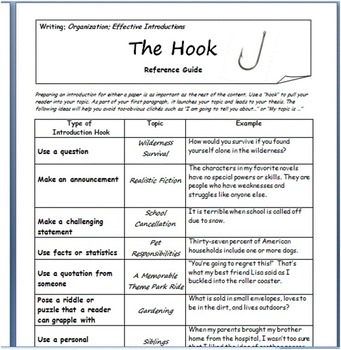


Heck, I’ve got two blogs-both about completely different things.

Offer readers something that they can relate to, so that they know your content will be relevant to them.įor example, Nadya Khoja opens her article about how to increase blog traffic by sharing a struggle of her own: “Anyone can build a blog. It feels good to know you’re not alone in your troubles. But his opening makes readers pause and consider whether we may not know as much as we think we do. Many people would probably say that we’ve got content marketing pretty figured out, even though it’s a frequently shifting field.
.jpg)
Instead, ask them a question that will give them pause.īarry Feldman asked a controversial question at beginning of his article about modern B2B marketing: “Are we in the Dark Ages of Content Marketing? Wait… What? Isn’t the future of content marketing bright?” Don’t ask your reader something like “do you want your content to perform better?” The answer is obvious. The key here is to not ask an obvious question. The first step is to address the reader directly (“you”) and then to leave them wondering what could possibly be coming next. OK, so maybe that’s not why questions draw people in. If someone asks you a question, it’s rude to ignore it. Here are six ways you can approach writing a tantalizing hook. In fact, hooks are so important, Ann Handley has devoted an entire chapter to them in her Everybody Writes ! When you’re working under a deadline and you need to crank out a piece quickly, it’s easy to throw in a generic opening line and get on with it.īut the effort you put into creating an enticing hook will likely be the difference between an article that gets read and an article that gets swallowed up by the content flood. The problem is, your readers won’t even get to that point if that bounce after the first boring sentence. You probably want to just get into the meat of your message. It’s not easy to know where to begin an article. Instead, they start off their articles with bland statements. Yet, so many people seem to neglect the essential hook. It’s the first necessary step after an attention-grabbing title. So how do you prevent readers from bouncing at the get-go? You toss a sweet hook at them and reel them in.Ī hook is the initial sentence (or a word) that grabs the attention of readers and entices them to keep reading. And you know what happens? A lot of people aren’t convinced they should bother reading anything other than the first sentence. The same goes for content without a solid hook (minus the wet feet).Ī lot of content out there doesn’t have strong hooks. (The fish aren’t convinced, and now your feet are probably wet.) Have you ever tried fishing without bait?


 0 kommentar(er)
0 kommentar(er)
